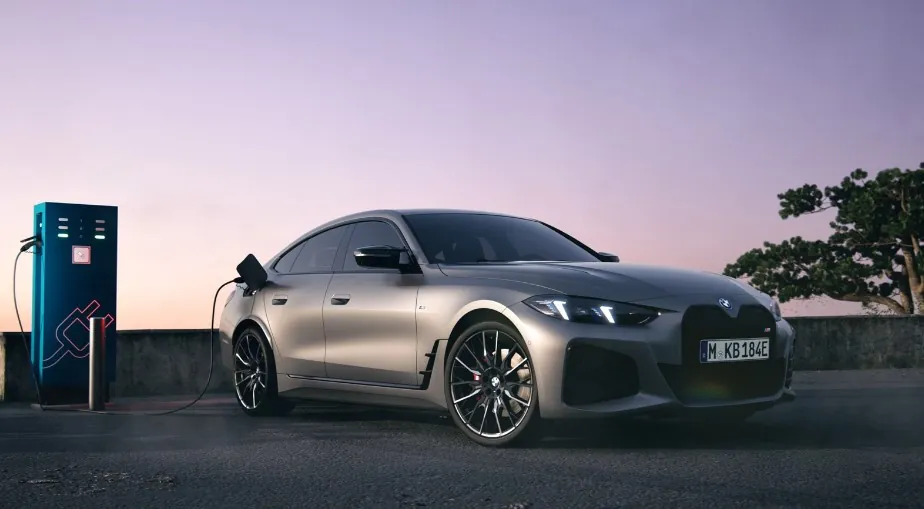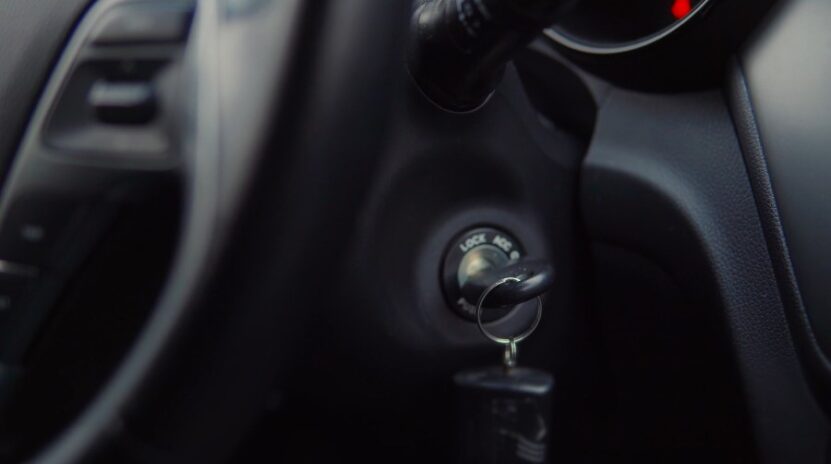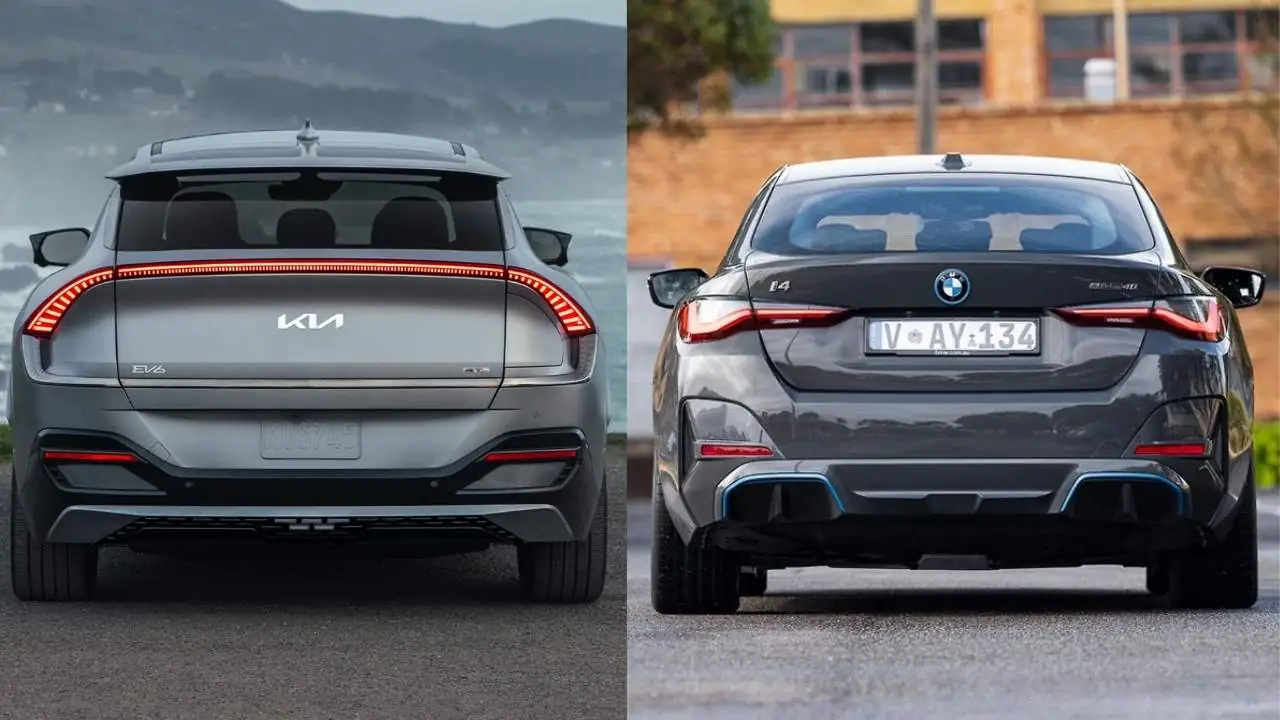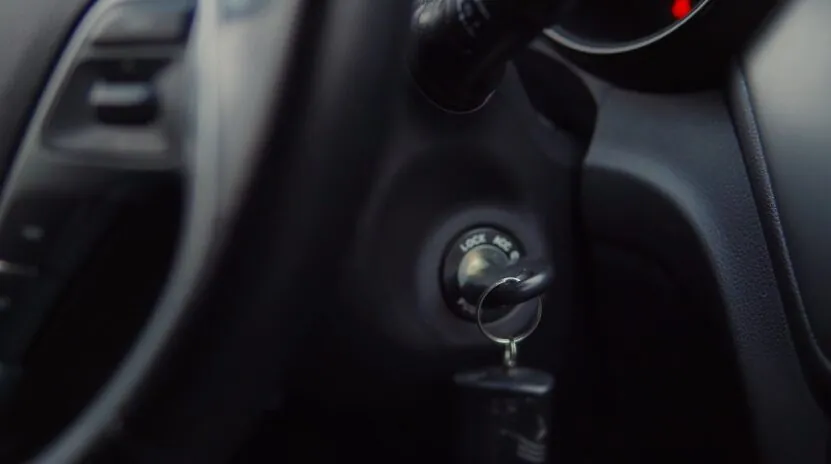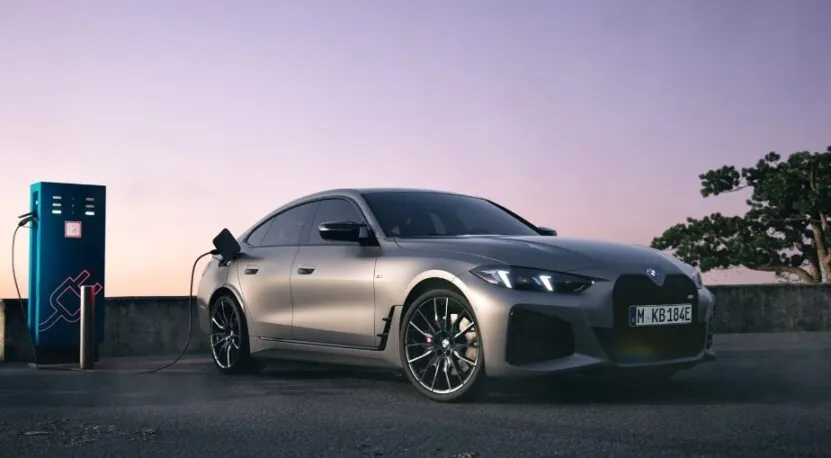
Share Post:
For decades, BMW has been one of the benchmarks for automotive sound. From the crisp bark of the E46 M3 to the mechanical purr of its beloved straight-six engines, the German automaker built its brand not just on how its cars handled, but on how they sounded. That iconic roar was never just noise—it was part of the driving identity.
But now, as the industry pivots toward electrification, the sounds of combustion are fading. The mechanical soundtrack that once made driving visceral is giving way to near silence. And that shift poses a complicated question: if the engine’s gone, what should a car sound like?
It’s a question BMW is answering with tech and artistry. Interestingly, it’s also a question Kia is tackling—though few people might expect it.
Table of Contents
ToggleBMW: Reimagining Emotion in Silence
Take the BMW i4 M50, for example. It doesn’t rumble to life like an M car of old. Instead, it glides with a composed, artificial swell—an engineered sonic cue tied directly to your throttle input. It’s not an attempt to recreate the ICE experience. It’s something new entirely, developed in collaboration with composer Hans Zimmer. Whether you think that’s inspired or indulgent probably depends on your relationship with car culture.
BMW is trying to retain emotional engagement in its EVs, and sound is a core part of that strategy. In the BMW i7, the experience of sound has moved beyond propulsion to become part of the cabin experience. Triple-layer glass, dense insulation, and active noise cancellation work together to create what’s arguably one of the quietest automotive interiors on the market. It’s less a car, more a mobile studio.
But make no mistake—this is a form of performance. BMW isn’t just chasing luxury; it’s crafting an acoustic experience for modern driving.
Kia: Sound Engineering Without the Pretension
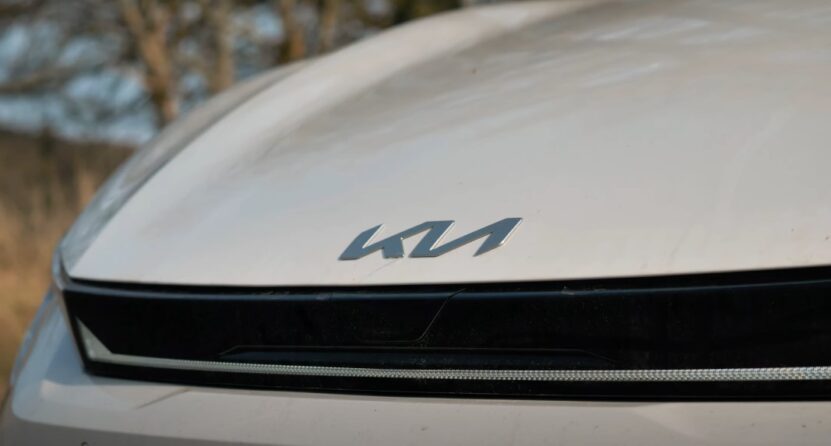
And then there’s Kia. Not the brand most would think to compare with BMW, but when it comes to sound design, they’ve entered the conversation with surprising weight.
The EV6 is Kia’s first real shot at mainstream EV relevance, and part of its appeal lies in the optional synthetic sound modes. “Stylish,” “Dynamic,” and “Cyber” aren’t just toggles in a menu—they’re curated experiences that shape how the car feels when you drive it. No, they don’t have Hans Zimmer’s signature. But they serve a similar purpose: adding feeling to something that could easily feel sterile.
Kia isn’t trying to be BMW, but it’s clear they’ve understood the brief. In vehicles like the Telluride and Carnival, Kia has quietly implemented high-end acoustic insulation, laminated glass, and advanced sealing techniques. These are family vehicles, not luxury cruisers, and yet they offer ride quietness that would’ve been unthinkable for the brand just ten years ago.
According to orleanskia.com, many buyers remark on the unexpected calm in these cabins. It’s not silence for silence’s sake—it’s about creating a comfortable, less stressful space, which in today’s traffic is arguably more important than ever.
More Than a Gimmick
To be clear, sound design isn’t just about luxury or immersion—it’s fast becoming a core driver feedback tool. Without a combustion engine to provide aural feedback, synthetic sound now serves as a substitute for engine revs, gear changes, and throttle depth.
Done right, it can enhance driver focus and make acceleration feel more natural. Done poorly, it’s just a background hum. This is where intent matters. Both BMW and Kia seem to recognize that sound is part of how drivers perceive speed, power, and response—even if the vehicle itself is nearly silent.
A Different Kind of Performance Metric
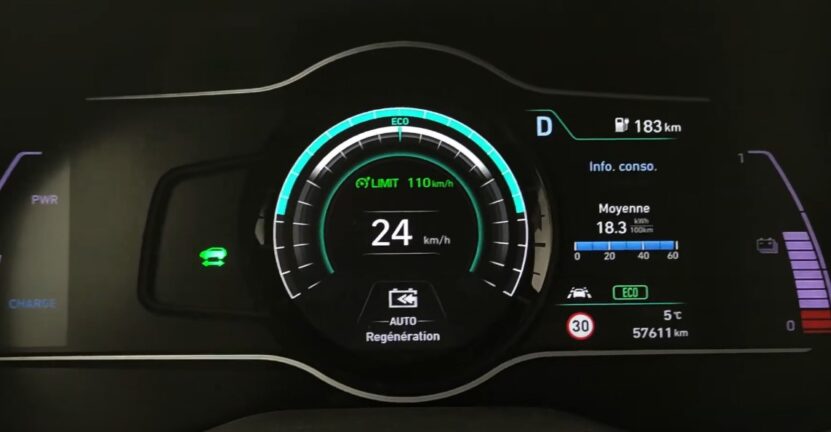
We’ve grown accustomed to measuring cars by their 0–100 km/h times or their horsepower. But EVs have made many of those metrics feel redundant. Now, refinement, comfort, and cabin dynamics are increasingly shaping how we rank vehicles.
BMW has leaned hard into this, with its luxury EVs offering top-tier noise isolation. But Kia is creeping up behind them—not with V12 rivals or Autobahn pretensions, but with practical, family-first vehicles that are astonishingly quiet.
The playing field isn’t level, but the rules are changing.
The Role of Sound in Driver Identity
For decades, engine noise wasn’t just feedback—it was personality. The raspy inline-four of a Civic Si, the guttural burble of a Mustang GT, the silky whir of a Lexus V8—each told a different story. They were audible calling cards. But now, with EVs, that auditory identity is in flux.
What replaces it isn’t necessarily worse—just different. Car companies are redefining what identity sounds like when there’s no exhaust note to play with. And that means moving beyond nostalgia. Instead of mimicking what was lost, many brands are inventing entirely new voices for their vehicles. Think of it as a sonic signature—part science, part branding.
In the case of the Hyundai-Kia group, you’re seeing sound become democratized. What used to be reserved for high-end European sports sedans is now trickling down into more affordable segments. Even the most practical of crossovers are getting tailored audio environments.
Why It Actually Matters for Safety
Let’s not forget—sound isn’t just emotional. It’s functional.
One of the biggest hurdles for EVs in urban settings is pedestrian safety. Without engine noise, EVs can be eerily silent at low speeds, which makes them a real hazard for anyone crossing the street. That’s why governments worldwide have started requiring artificial noise generators at slow speeds—usually around 20–30 km/h.
But manufacturers are taking it further. Some are using directionally tuned speakers to subtly alert pedestrians without overwhelming cabin occupants. Others are experimenting with pitch-shifting tones that grow sharper with speed—giving off an intuitive sense of movement. It’s safety tech disguised as sound design.
In other words, EV sound isn’t just about fun or flash. It’s about presence. It’s about replacing the cues we used to take for granted, and maybe even making them better.
So, Where Do We Go From Here?
The auto industry is mid-evolution. And in this new era, sound—or the lack of it—isn’t just a byproduct. It’s a feature. One that automakers now craft as carefully as they once did engine tuning.
Whether you’re paying $100,000 for a BMW or half that for a Kia, you’re increasingly buying into an acoustic philosophy. And if nothing else, the fact that a Kia Telluride and a BMW i7 can both be praised for their sound design—albeit for different reasons—says a lot about where cars are headed.
Silence used to be the absence of something. Now it’s a space automakers are learning how to fill.
Related Posts:



